Uspenski Cathedral

Uspenski Cathedral is the largest Orthodox church in Western Europe and a prominent symbol of Russian influence in Finnish history, situated atop the Katajanokka peninsula overlooking Helsinki and the harbor. Completed in 1868 and designed by Russian architect Alexey Gornostaev, the cathedral’s striking red-brick façade and thirteen golden onion domes—symbolizing Christ and the twelve apostles—make it a commanding presence in the cityscape. The architecture fuses Byzantine and Russian styles, inspired in part by Moscow’s Saint Basil’s Cathedral, and incorporates over one million bricks, many sourced from the Bomarsund fortress in Åland. Inside, visitors are greeted by an ornate iconostasis, gilded chandeliers, and intricate frescoes, with many icons gifted by Russian parishes and monasteries, highlighting the cathedral’s deep ties to the Russian Orthodox tradition. The crypt chapel is dedicated to Alexander Hotovitzky, a martyred vicar canonized by the Russian Orthodox Church. Uspenski Cathedral is not only a place of worship but also a cultural and historical landmark, drawing around half a million visitors annually and offering panoramic views of Helsinki and the Baltic Sea.
Helsinki FinlandUspenski Cathedral is located in Helsinki, Finland, on the Katajanokka peninsula, overlooking the city. It's a stunning Orthodox cathedral with Russian Revival architecture and onion domes. The cathedral is situated atop a hill, offering panoramic views of Helsinki. Nearby attractions include: Senate Square: A historic hub with neoclassical architecture, featuring the Helsinki Cathedral and statue of Emperor Alexander II Market Square: A bustling waterfront marketplace offering fresh produce, local crafts and traditional Finnish delicacies Helsinki Skywheel: A modern attraction providing panoramic views of the city The cathedral is accessible by foot, public transportation or private vehicle, with ample parking facilities nearby.
 Ateneum Art Museum
Helsinki
Ateneum Art Museum
Helsinki
 Kiasma Museum of Contemporary Art
Helsinki
Kiasma Museum of Contemporary Art
Helsinki
 National Museum of Finland
Helsinki
National Museum of Finland
Helsinki
 Designmuseo
Helsinki
Designmuseo
Helsinki
 Amos Rex
Helsinki
Amos Rex
Helsinki
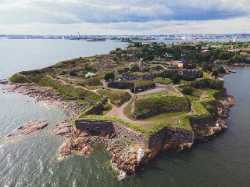 Suomenlinna Sea Fortress
Helsinki
Suomenlinna Sea Fortress
Helsinki
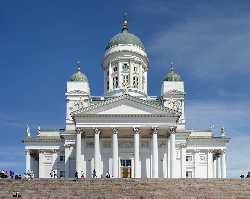 Helsinki Cathedral
Helsinki
Helsinki Cathedral
Helsinki
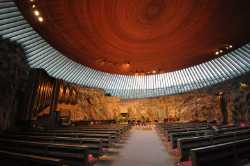 Temppeliaukio Church
Helsinki
Temppeliaukio Church
Helsinki
 Parliament House Helsinki
Helsinki
Parliament House Helsinki
Helsinki
 Finlandia Hall
Helsinki
Finlandia Hall
Helsinki
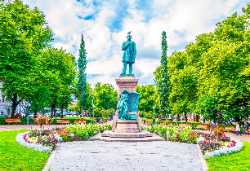 Esplanadi Park
Helsinki
Esplanadi Park
Helsinki
 Kaivopuisto Park
Helsinki
Kaivopuisto Park
Helsinki
 Kaisaniemi Botanic Garden
Helsinki
Kaisaniemi Botanic Garden
Helsinki
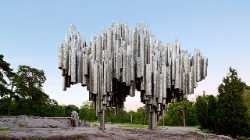 Sibelius Park
Helsinki
Sibelius Park
Helsinki
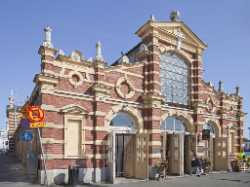 Vanha Kauppahalli
Helsinki
Vanha Kauppahalli
Helsinki
 Kauppatori
Helsinki
Kauppatori
Helsinki
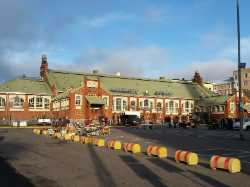 Hietalahti Market Hall
Helsinki
Hietalahti Market Hall
Helsinki
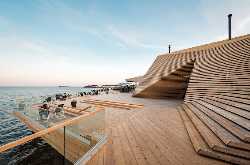 Löyly
Helsinki
Löyly
Helsinki
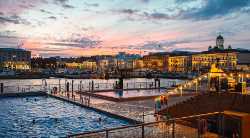 Allas Sea Pool
Helsinki
Allas Sea Pool
Helsinki
 Kotiharjun Sauna
Helsinki
Kotiharjun Sauna
Helsinki
 Helsinki Music Centre
Helsinki
Helsinki Music Centre
Helsinki
 Finnish National Theatre
Helsinki
Finnish National Theatre
Helsinki
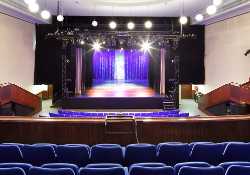 Savoy Theatre
Helsinki
Savoy Theatre
Helsinki
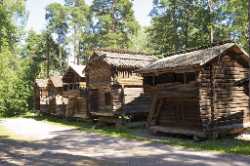 Seurasaari Open-Air Museum
Helsinki
Seurasaari Open-Air Museum
Helsinki
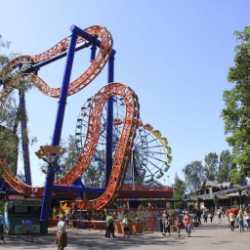 Linnanmäki Amusement Park
Helsinki
Linnanmäki Amusement Park
Helsinki
 SkyWheel Helsinki
Helsinki
SkyWheel Helsinki
Helsinki
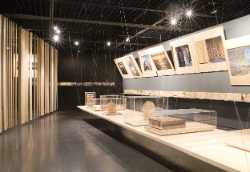 Museum of Finnish Architecture
Helsinki
Museum of Finnish Architecture
Helsinki
 HAM Helsinki Art Museum
Helsinki
HAM Helsinki Art Museum
Helsinki
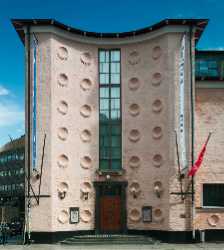 Kunsthalle Helsinki
Helsinki
Kunsthalle Helsinki
Helsinki
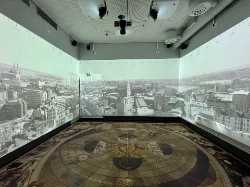 Helsinki City Museum
Helsinki
Helsinki City Museum
Helsinki
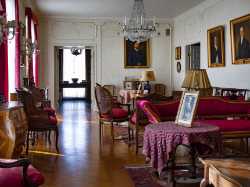 Mannerheim Museum
Helsinki
Mannerheim Museum
Helsinki
 Suomenlinna Museums
Helsinki
Suomenlinna Museums
Helsinki
 Finnish Museum of Natural History
Helsinki
Finnish Museum of Natural History
Helsinki
 The Finnish Museum of Photography
Helsinki
The Finnish Museum of Photography
Helsinki
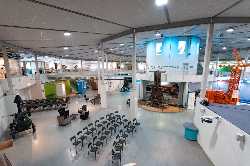 Museum of Technology
Helsinki
Museum of Technology
Helsinki
 Galerie Forsblom
Helsinki
Galerie Forsblom
Helsinki
 Helsinki Contemporary
Helsinki
Helsinki Contemporary
Helsinki
 Galerie Anhava
Helsinki
Galerie Anhava
Helsinki
 Galleria Sinne
Helsinki
Galleria Sinne
Helsinki
 Ama Gallery
Helsinki
Ama Gallery
Helsinki
 Galleria Huuto
Helsinki
Galleria Huuto
Helsinki
 Forum Box
Helsinki
Forum Box
Helsinki
 Photographic Gallery Hippolyte
Helsinki
Photographic Gallery Hippolyte
Helsinki
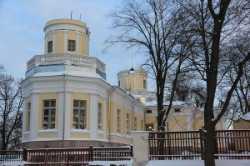 Helsinki Observatory
Helsinki
Helsinki Observatory
Helsinki
 Kaivopuiston tähtitorni
Helsinki
Kaivopuiston tähtitorni
Helsinki